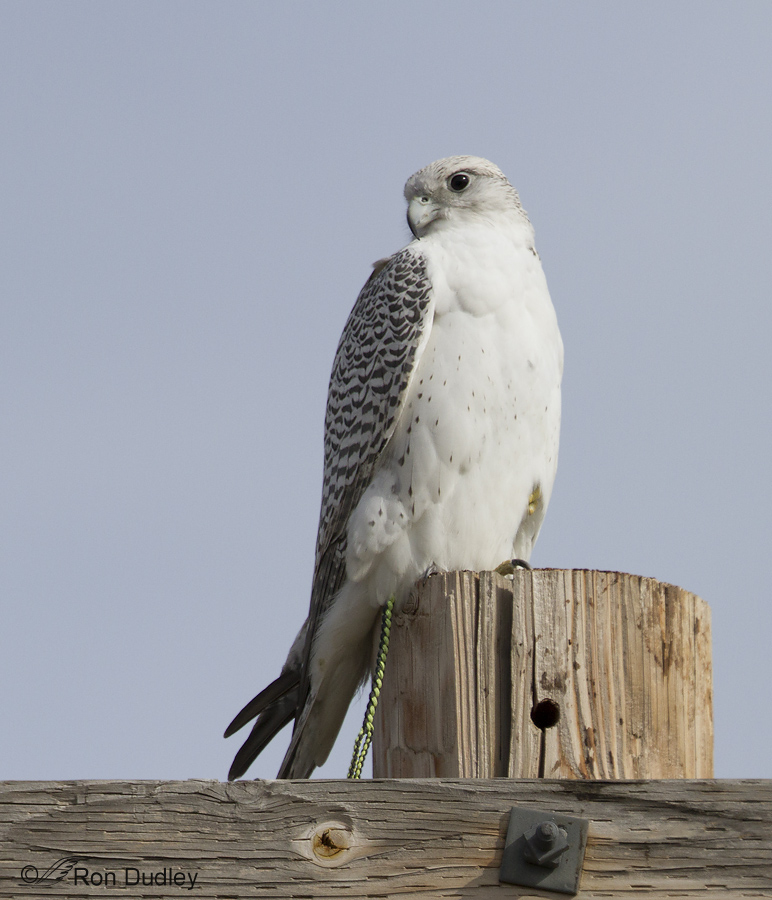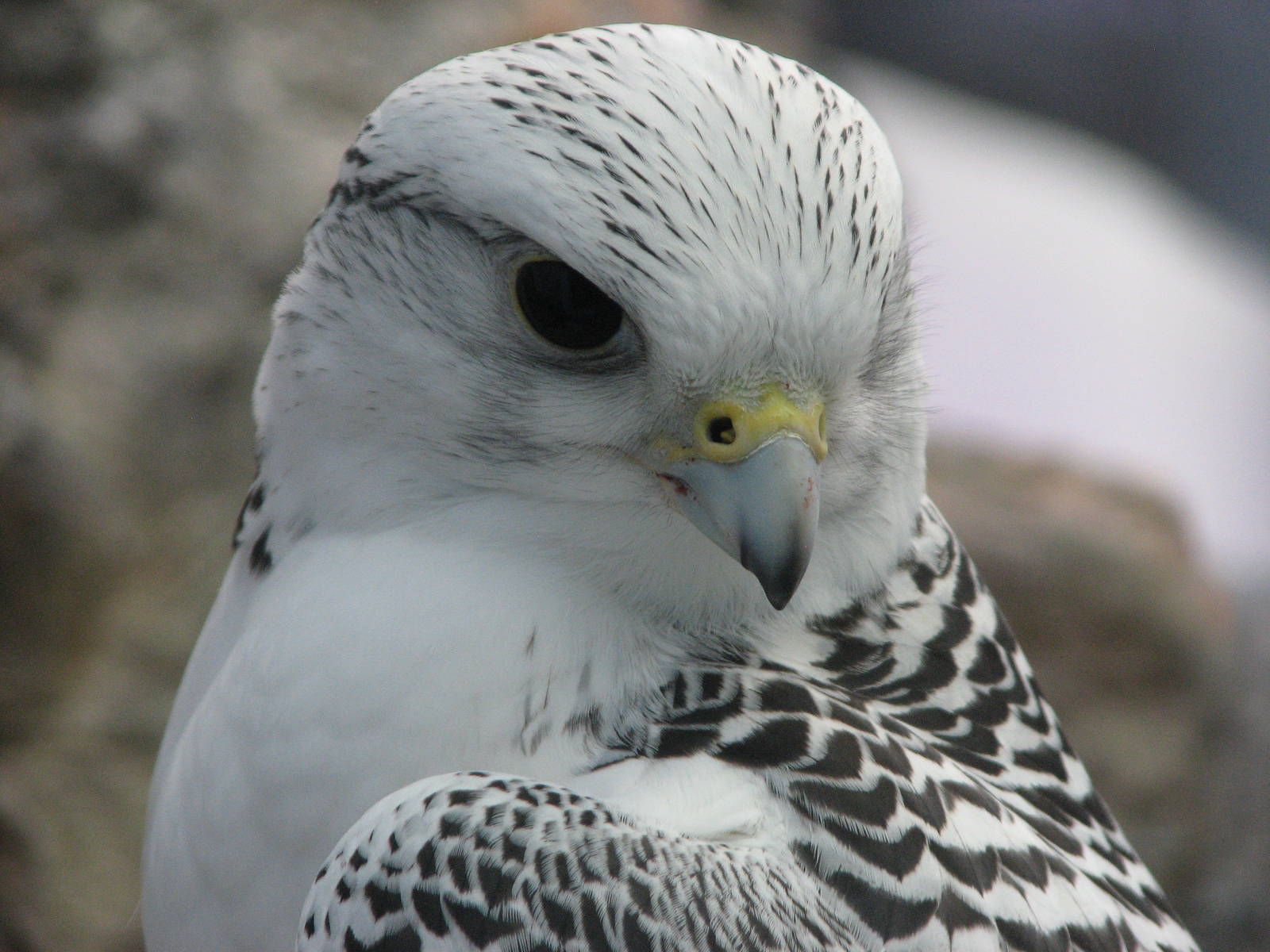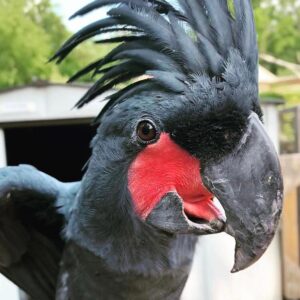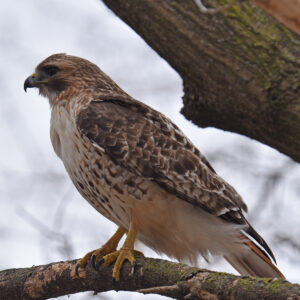Gyrfalcon birds For Sale
The gyrfalcon (Falco rusticolus), the largest of the falcon species, is a bird of prey. The abbreviation gyr is also used. It breeds on Arctic coasts and tundra, and the islands of northern North America and the Eurosiberian region. It is mainly a resident there also, but some gyrfalcons disperse more widely after the breeding season, or in winter. Individual vagrancy can take birds for long distances. Its plumage varies with location, with birds being colored from all-white to dark brown. These color variations are called morphs. Like other falcons, it shows sexual dimorphism, with the female much larger than the male. For centuries, the gyrfalcon has been valued as a hunting bird. Typical prey includes the ptarmigan and waterfowl, which it may take in-flight; it also takes fish and mammals.
Gyrfalcons (Falco rusticolus) are magnificent birds of prey known for their strength, speed, and beauty. Here’s a detailed description of these impressive raptors:
Appearance:
- Size: Gyrfalcons are the largest falcon species, with females being significantly larger than males. They typically measure between 20 to 24 inches (51 to 61 cm) in length, with a wingspan of around 45 to 65 inches (114 to 165 cm).
- Plumage: Their plumage varies depending on the individual and geographic location, but they generally exhibit a range of color morphs, including white, gray, black, and various shades of brown. The white morph, often referred to as the “silver” or “ghost” phase, is particularly striking.
- Features: Gyrfalcons have powerful, broad wings and long tails, which help them maneuver swiftly through the air during high-speed pursuits of prey. They also have sharp, hooked beaks and strong talons adapted for capturing and killing prey.
Behavior and Hunting:
- Speed and Agility: Gyrfalcons are incredibly fast and agile hunters, capable of reaching speeds of up to 130 miles per hour (209 km/h) during a dive, or “stoop,” to catch prey.
- Diet: Their diet primarily consists of birds such as ptarmigans, grouse, waterfowl, and other smaller birds, although they may also prey on mammals such as lemmings and hares.
- Hunting Technique: Gyrfalcons use a variety of hunting techniques, including aerial pursuits, ambushes, and stoops from elevated perches. They rely on their keen eyesight to spot prey from great distances.
Habitat and Range:
- Habitat: Gyrfalcons inhabit a range of Arctic and subarctic habitats, including tundra, taiga, cliffs, and coastal areas. They are well adapted to cold, harsh environments and are often found in regions with abundant bird populations.
- Range: Their range spans the circumpolar regions of the Northern Hemisphere, including parts of North America, Europe, and Asia.
Reproduction:
- Breeding Season: Gyrfalcons typically breed in the spring and summer months, with nesting sites located on cliff ledges or in rocky crevices.
- Nesting Behavior: Females construct nests using twigs, grass, and other plant materials, lining them with softer materials such as feathers and fur. They lay a clutch of eggs, usually numbering between 2 to 5 eggs, which are incubated primarily by the female.
- Parental Care: Both parents participate in feeding and caring for the chicks once they hatch, with the young fledging after several weeks and becoming independent after a few months.
Conservation Status:
- Gyrfalcons are not currently considered globally threatened, but they face localized threats such as habitat loss, disturbance, and climate change. Conservation efforts, including habitat protection and monitoring of populations, are important for their long-term survival.
Overall, Gyrfalcons are iconic birds of prey admired for their beauty, power, and hunting prowess. They play a crucial role in their Arctic ecosystems and are revered by falconers and bird enthusiasts worldwide.






